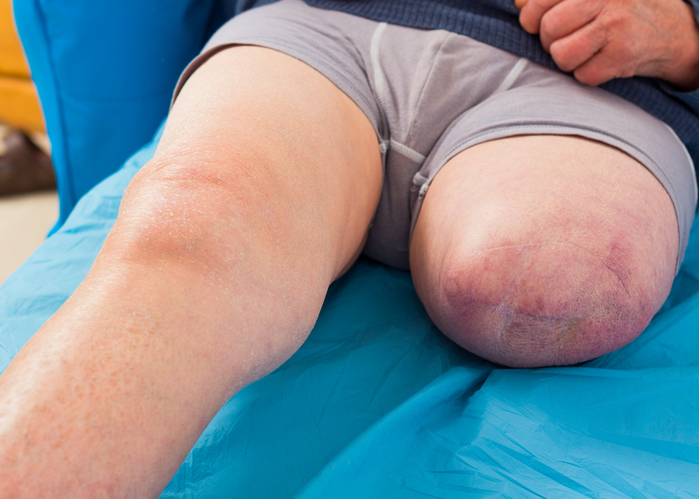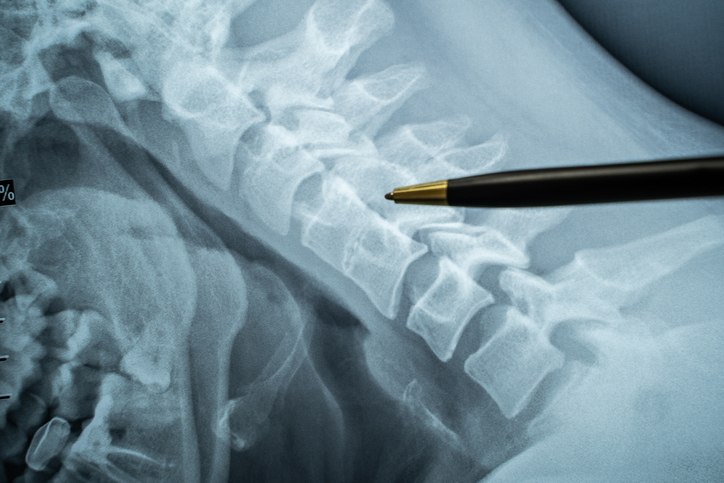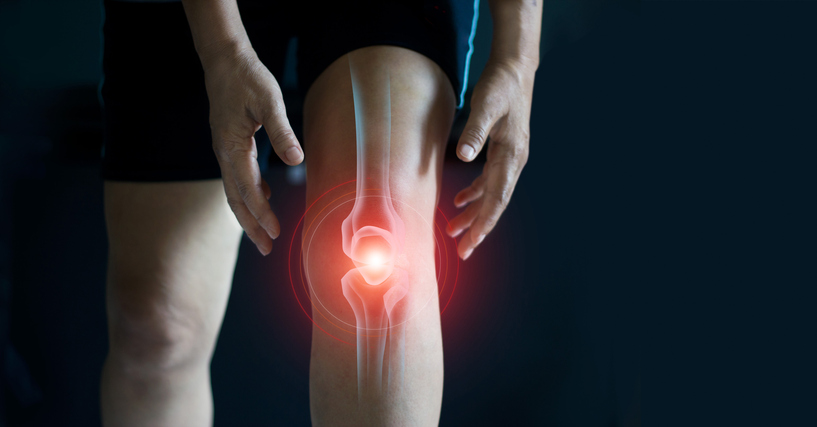Pain
What Is Hypoalgesia?

Hypoalgesia is diminished pain in response to stimulation that typically produces pain. Individuals with hypoalgesia usually have a higher pain threshold than those without it. Hypoalgesia is different from hypoesthesia, or numbness, which is the decrease or loss of sensation to a stimulus.
Causes of hypoalgesia
Hypoalgesia is associated with individuals who have an elevated resting blood pressure. For individuals with chronic pain, this phenomenon occurs when chronic pain has resolved. It is not as likely to occur with ongoing chronic pain. More research is needed to determine whether blood pressure-related hypoalgesia contributes to the resolution of chronic pain or is a result of the resolution.
Exercise-induced hypoalgesia
Hypoalgesia can also occur following exercise, which is known as exercise-induced hypoalgesia (EIH). In individuals without chronic pain, EIH generally occurs during exercise and for a time afterwards. For those with chronic pain, EIH is more variable. While pain sensitivity may decrease in some people with chronic pain, it can stay the same or even increase in others. When pain sensitivity increases, physical activity may become more difficult.
Conclusion
Additional research on the relationship between hypoalgesia and chronic pain is needed. It is important to be aware of the possible relationship and effects.


















